What are the best practices for load balancing in a track busway system? How is heat dissipation managed in track busways to prevent overheating? How do you monitor and control the temperature of busway components?
1. Load Balancing
Most modern busway systems are three-phase, and the majority of tap-offs are also three-phase. This naturally helps with load balancing, but monitoring is key.
During the design phase, it's essential to understand the rack power distribution and ensure that loads are evenly distributed across the phases. However, because IT loads can change over time, real-time monitoring becomes critical. With proper metering, data center operators can detect imbalances and redistribute loads accordingly.
For colocation providers, this is especially important because they may not have direct control over how tenants deploy their equipment. By monitoring each tap-off, they can ensure power is being used efficiently and prevent phase imbalances.
2. Heat Dissipation
As power density increases, so does heat generation. However, busways are designed with high thermal efficiency.
Starline busways use aluminum housings, which help dissipate heat efficiently.
Our systems comply with IEC standards and are rated for ambient temperatures up to 55°C.
Heat buildup is minimized by strategic airflow design and proper placement within the data hall.
That said, heat dissipation depends on the overall data center cooling strategy. Whether the busway is installed in a hot aisle, cold aisle, or neutral zone impacts heat management. Collaboration between power and cooling design teams is essential.
3. Temperature Monitoring & Control
Busways now come equipped with real-time power monitoring solutions, such as the Starline M70 series, which includes temperature sensors at connection points.
These sensors provide real-time data via Modbus to the building management system (BMS).
Pre-set alarms can alert operators if temperatures exceed safe thresholds.
Regular infrared thermographic scans can identify hot spots before they become critical issues.
One last point—regulatory requirements around energy efficiency and carbon footprint are increasing. Having accurate real-time power data is no longer just a ‘nice-to-have’; it’s becoming essential for compliance and sustainability reporting. Intelligent monitoring solutions are a key part of that equation.




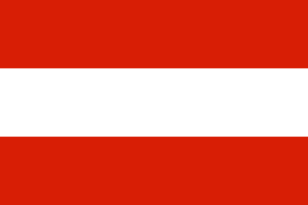


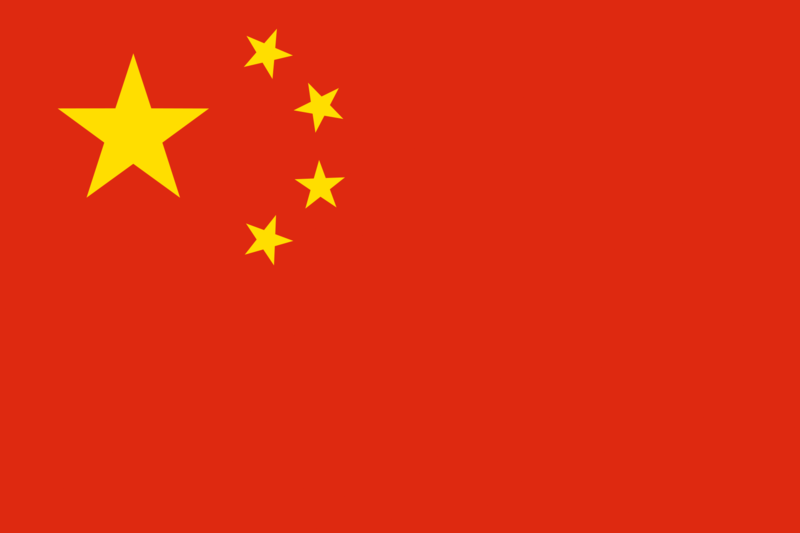

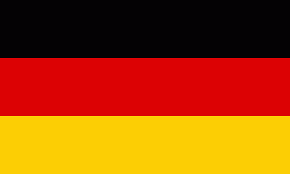






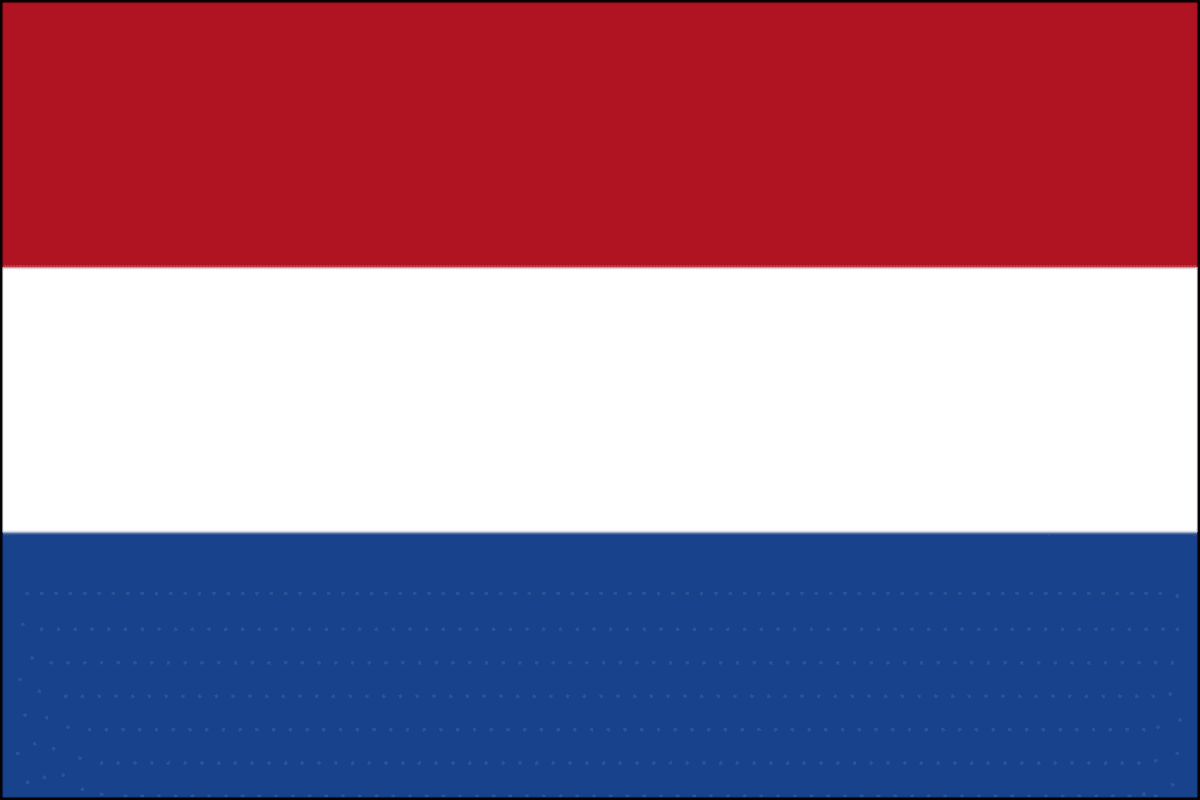






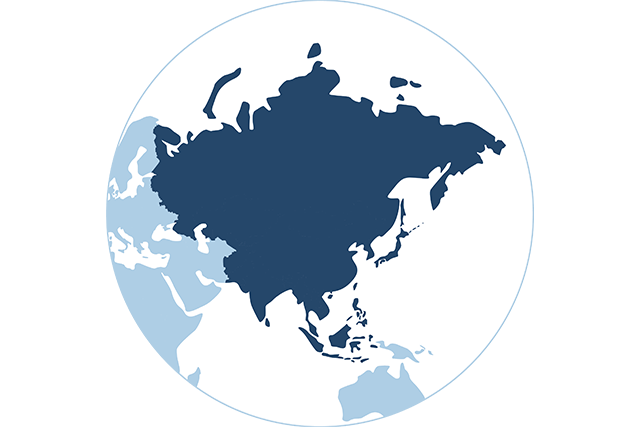
 Canada
Canada
 Latin America (English)
Latin America (English)
 Latin America (Espanol)
Latin America (Espanol)
 USA
USA
 China
China
 India
India
 Japan
Japan
 Republic of Korea
Republic of Korea
 South East Asia (English)
South East Asia (English)
 Austria
Austria
 Belgium
Belgium
 France
France
 Germany
Germany
 Italy
Italy
 Netherlands
Netherlands
 Spain
Spain
 Switzerland
Switzerland
 Turkey
Turkey
 UK
UK
 Africa (english)
Africa (english)
 Africa (français)
Africa (français)
 Middle East (english)
Middle East (english)
 Australia
Australia
 New Zealand
New Zealand